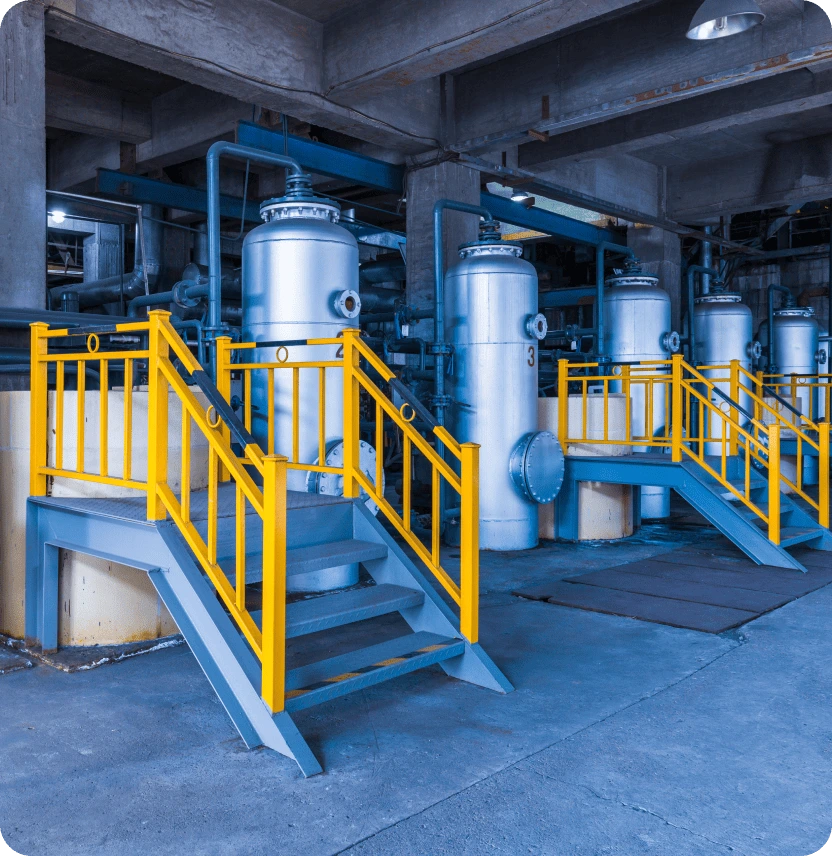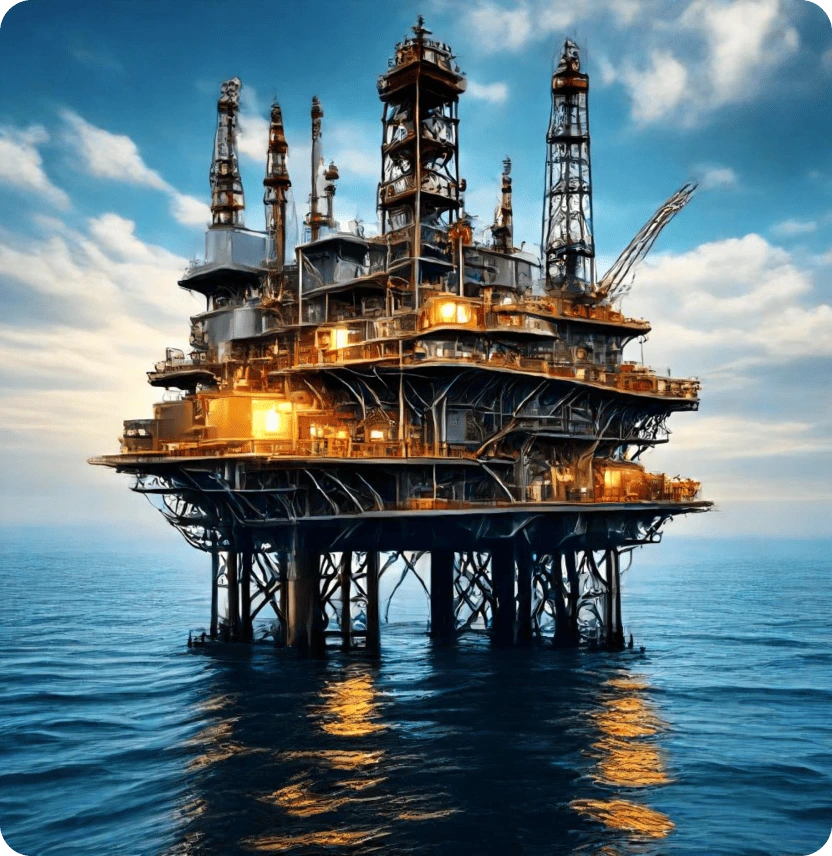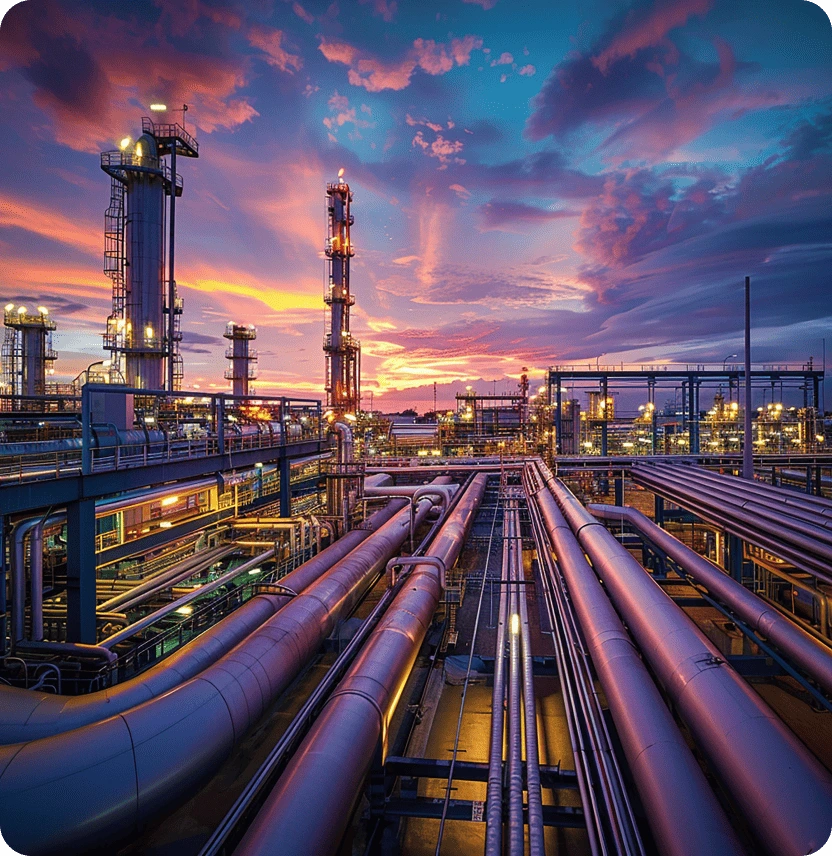In the highly complex and capital-intensive refinery industry, efficient asset management is not just a…

Flare systems play a critical role in maintaining the safety and environmental integrity of industrial plants. Used in oil and gas refineries, chemical plants, and other processing facilities, flare systems burn off excess gases to prevent dangerous pressure build-ups. Analyzing flare systems is essential to ensure they operate safely, efficiently, and in compliance with regulatory standards.
The Importance of Flare Systems Analysis
Flare systems analysis involves evaluating the performance and efficiency of the system components, such as flare stacks, control valves, and relief systems. A thorough analysis checks for potential weaknesses, such as leaks, corrosion, or improper gas flow rates, which could lead to dangerous situations or inefficient flaring. Engineers also assess the environmental impact by analyzing flare emissions to meet regulations and minimize pollutants.
Key Steps in Flare Systems Analysis
- Data Collection: Gathering data on gas flow rates, pressure, temperature, and composition helps create an accurate profile of the system.
- Risk Assessment: Identifying risks, including excessive gas pressure or mechanical failures, ensures that any threats are managed proactively.
- Performance Testing: Regular tests verify that the flare system operates within safe limits and adheres to industry standards.
- Emission Control Evaluation: Evaluating emissions helps reduce environmental impact and ensures compliance with environmental regulations.
Benefits of Flare Systems Analysis
Regular flare systems analysis improves plant safety, reduces environmental impact, and enhances operational efficiency. It also prevents costly shutdowns and regulatory fines. By understanding and addressing potential issues early, facilities can maintain a safer work environment, extend equipment lifespan, and contribute to environmental protection.
In summary, flare systems analysis is an essential process for any facility using flare technology, helping to ensure safety, regulatory compliance, and operational efficiency.




